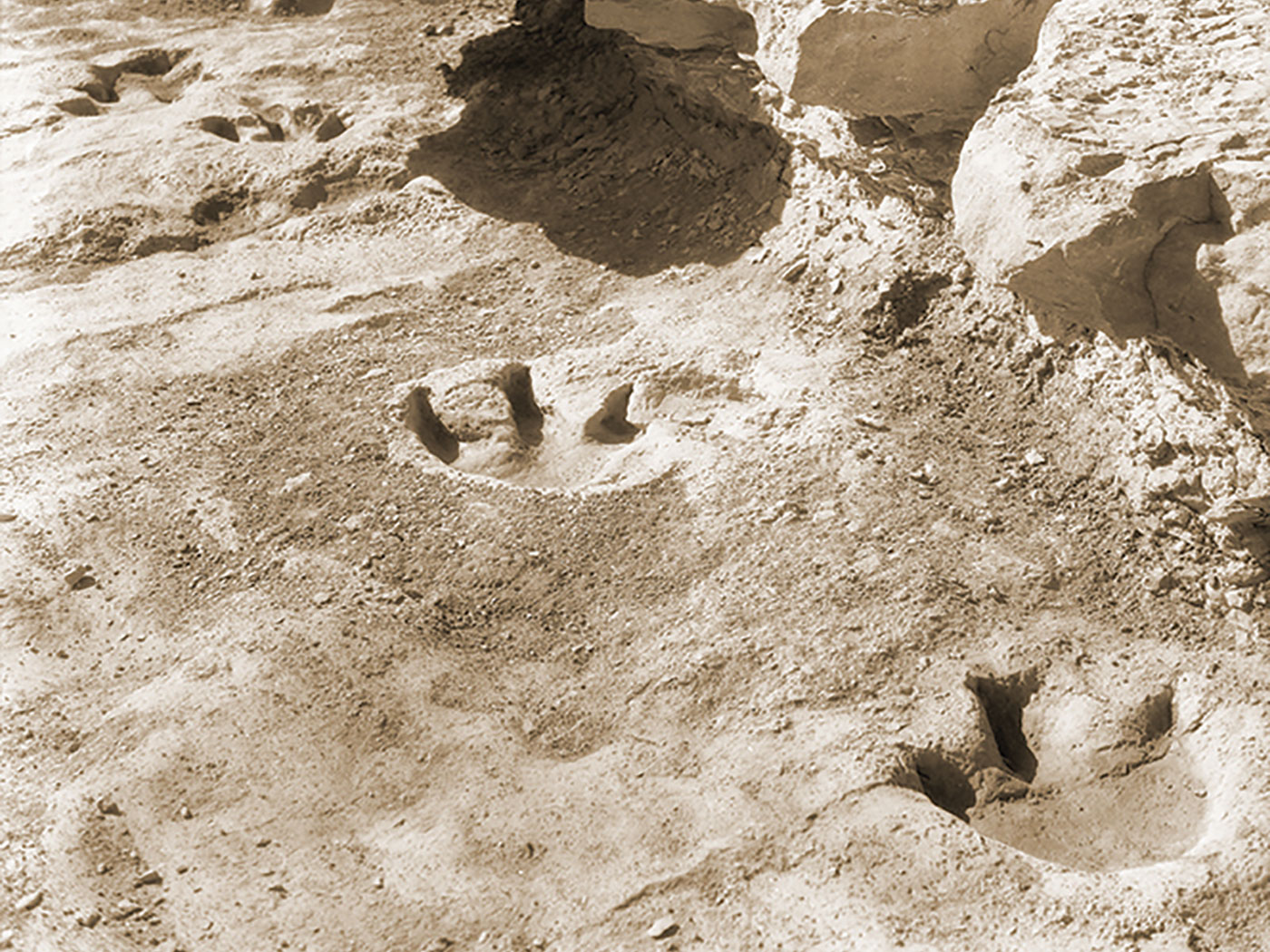When in 1982 Dr. Dan Shechtman looked at a picture his microscope had produced, he couldn’t believe his eyes. Using electron diffraction, he saw a pattern of material with a crystal structure that had never been seen before, one that was considered impossible—patterns that didn’t repeat themselves. “There can be no such creature,” Dr. Shechtman said upon observing this. It questioned a fundamental truth of science that all crystals consist of repeating, periodic patterns.1
It was a finding many people didn’t believe. Shechtman’s discovery, the quasicrystal, caused him to be thrown out of his research group and even discredited by a double-Nobel Prize laureate, Linus Pauling, who said, “There is no such thing as quasicrystals, only quasi-scientists.”2 However, Dr. Shechtman stood up for his work and in 2011 was awarded his own Nobel Prize in Chemistry.1
All crystals are made up of repeating units, and the basic unit cells that comprise them had been well established. In fact, there are 14 of these cells, called Bravais lattices (discovered in 1848), and no one had ever seen a crystal that failed to fit one of these patterns.3 In 1982, Dr. Schechtman and his associates rapidly cooled an aluminum-manganese sample and observed that the alloy produced a diffraction pattern with fivefold rotational symmetry. Though this pattern couldn’t be formed by a periodic crystal, the diffraction pattern itself clearly reflected some type of orderliness in the alloy.
Following Dr. Schechtman's discovery, many more examples of this phenomenon were observed. After considerable debate, it’s now accepted that quasicrystals—a material that until then people thought totally defied the laws of nature—arise as three-dimensional analogs of Penrose tilings.4 Quasicrystals are currently being explored for applications ranging from nonstick electrical insulation and cookware to ultra-durable steel.5,6
The interesting aspect of this story is that scientists previously believed quasicrystals couldn’t exist because they were considered impossible. The symmetries of regular geometric shapes seemed so obvious and certain that no one had thought to look beyond them. What was found, though, were patterns that are both beautiful and counterintuitive as well as materials that existed all along. We simply didn’t see them for what they really were.
Similarly, Jesus fits this pattern. The grace that Jesus provides for fallen, depraved humanity—“there is none righteous, no, not one” (Romans 3:10)—transcends intuition. Yet by His selfless sacrifice, “He Himself is the propitiation for our sins, and not for ours only but also for the whole world” (1 John 2:2).
Jesus makes the impossible possible, making Him who had “no form or comeliness” or “beauty that we should desire Him” (Isaiah 53:2) counterintuitively desirable. His sacrifice defies understanding, yet “whoever calls on the name of the LORD shall be saved” (Joel 2:32; Romans 10:13).
As the existence of quasicrystals was thought to be impossible, so is the idea of God taking on human flesh, becoming the propitiation for humanity's sins, and opening a door for salvation. “Thanks be to God for His indescribable gift!” (2 Corinthians 9:15).
References
- Marder, J. What are Quasicrystals, and What Makes Them Nobel-Worthy? PBS News Hour. Posted on pbs.org October 5, 2011.
- Steinhardt, P. 2019. The Second Kind of Possible: The Extraordinary Quest for a New Form of Matter. New York: Simon & Schuster, 101.
- Aroyo, M. I., U. Müller, and H. Wondratschek. 2006. Historical introduction. In International Tables for Crystallography, vol. A1. H. Wondratschek and U. Müller, eds. Dordrecht: Springer, 2-5.
- Corrado, J. K. Non-Repeatable Repeatability: Finding Order in Disorder. Creation Science Update. Posted on ICR.org October 23, 2023.
- Glotzer, S. 2019. Quasicrystals: the thrill of the chase. Nature. 565: 156-158.
- One of the seminal papers on quasicrystals is Mackay, A. 1981. De Nive Quinquangula: On the Pentagonal Snowflake. Soviet Physics, Crystallography. 26: 517–522.
Stage image: The electron diffraction pattern of a quasicrystal using electron crystallography, a method to determine the arrangement of atoms in solids using a transmission electron microscope
Stage image credit: Copyright © Materialscientist. Used in accordance with federal copyright (fair use doctrine) law. Usage by ICR does not imply endorsement of copyright holder.
* Dr. Corrado earned a Ph.D. in Systems Engineering from Colorado State University and a Th.M. from Liberty University. He is a freelance contributor to ICR’s Creation Science Update, works in the nuclear industry, and is a senior officer in the U.S. Naval Reserve.







